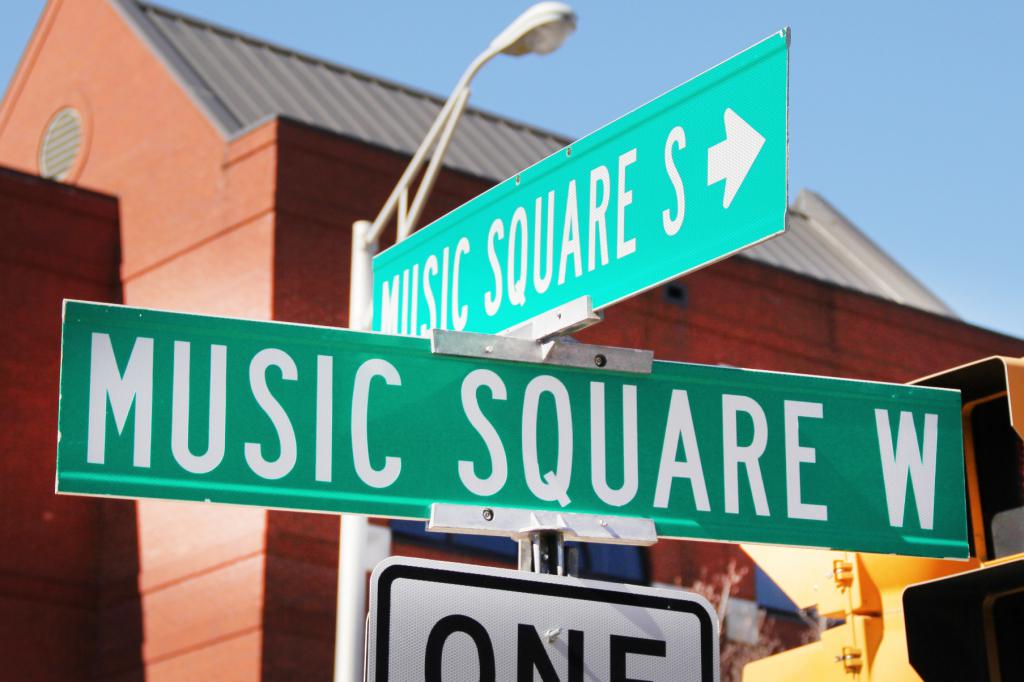In an age dominated by streaming platforms and social media, some artists might overlook radio as a promotional tool. That would be a mistake. Radio airplay still matters—especially in genres like country, pop, and adult contemporary, where FM and satellite radio reach millions of daily listeners.
If you’re a songwriter, independent artist, or part of a creative team, understanding how radio works—and how to get your song on the air—is crucial for exposure, credibility, and income. This guide will walk you through the essentials of radio airplay, from preparing your track to pitching stations and tracking spins.
🎶 Why Radio Still Matters
Despite the rise of Spotify, Apple Music, and TikTok, radio has maintained a massive footprint:
• Over 85% of U.S. adults still listen to radio weekly (Nielsen Audio).
• Country radio remains one of the most listened-to formats across the country.
• SiriusXM and streaming radio stations like iHeartRadio and Pandora bridge the gap between traditional airplay and digital reach.
Radio helps:
• Build trust with listeners (radio still feels “curated”)
• Increase Shazam searches and streaming boosts
• Add legitimacy to your artist brand (“as heard on…”)
• Open doors for bookings, sync placements, and chart eligibility
🛠️ Is Your Song Radio-Ready?
Before you even think about pitching to stations or hiring a promoter, your song needs to be radio-ready in both sound and structure.
✅ What stations expect:
• High-quality production – No DIY demos. It must match commercial standards.
• Clean mix and master – Vocals clear, instruments balanced, dynamic range intact.
• Length – Ideal radio songs run 2:30 to 3:45. Anything longer risks being skipped.
• Content – Radio often avoids explicit lyrics unless you’re targeting specialty or indie stations.
Pro Tip: Study the songs currently spinning on your target station. Pay attention to tempo, instrumentation, and lyrical themes.
🎯 Targeting the Right Radio Outlets
Not all radio is created equal. There are several categories to consider:
1. Terrestrial FM/AM Stations
These are traditional stations licensed by the FCC. The big ones—Top 40, Hot AC, Country—are dominated by major-label artists and often work with radio promoters. Still, some regional and smaller market stations welcome indie submissions.
2. College & Community Radio
A goldmine for indie artists. Many college stations have open submission policies, feature specialty shows, and love spotlighting unsigned talent.
3. Internet & Digital Radio
Stations like Spotify Radio, Pandora, Live365, and Radio.co offer airplay-like exposure without traditional gatekeeping.
4. Satellite Radio (SiriusXM)
Highly influential, especially for country, indie, and pop. Harder to crack, but worth the effort if your genre matches a specific channel.
📬 How to Submit Your Song for Airplay
Step 1: Prepare a Professional Submission
Include:
• A broadcast-quality MP3 or WAV
• A one-sheet (song title, artist name, bio, contact info, release date)
• Lyrics (clean version if needed)
• ISRC code and PRO affiliation (ASCAP, BMI, etc.)
Step 2: Research and Contact Stations
Use platforms like:
• Indie Radio Submit
• SubmitHub
• College Music Journal (CMJ)
• Station websites with program director emails
Don’t send mass emails. Personalize each message. Mention specific shows or DJs when possible.
Step 3: Track Your Airplay
Tools like:
• Nielsen BDS or Mediabase (for commercial radio spins)
• Spinitron (for college/community radio)
• Next Big Sound or Soundcharts (for broader analytics)
💰 How Does Airplay Pay?
Radio performance royalties are collected by performing rights organizations like ASCAP, BMI, or SESAC and paid to songwriters and publishers—not performers, unless you’re also the writer.
FM/AM Radio = performance royalties only
Satellite & streaming radio = performance royalties + digital royalties (via SoundExchange)
Make sure your song is properly registered with your PRO and that you’ve submitted cue sheets for broadcast.
📈 Promoting Your Airplay
Once you land your first spin:
• Post station names and air times on social media.
• Tag the station and thank the DJ (build relationships).
• Add “As heard on…” to your EPK and press releases.
• Use audio clips or screen recordings of your airplay in TikToks or Reels.
Airplay doesn’t end when the song stops—it fuels momentum.
🧠 Final Thoughts: Earn the Spin
Getting radio airplay takes strategy, persistence, and polish. Your song has to compete with the best—and convince programmers it belongs in rotation. But if you bring a strong track, smart targeting, and a respectful, professional approach, you can earn that coveted spin.
And when the DJ presses play?
You’ll know your song is being heard by people who still turn up the volume when something real hits the airwaves.



